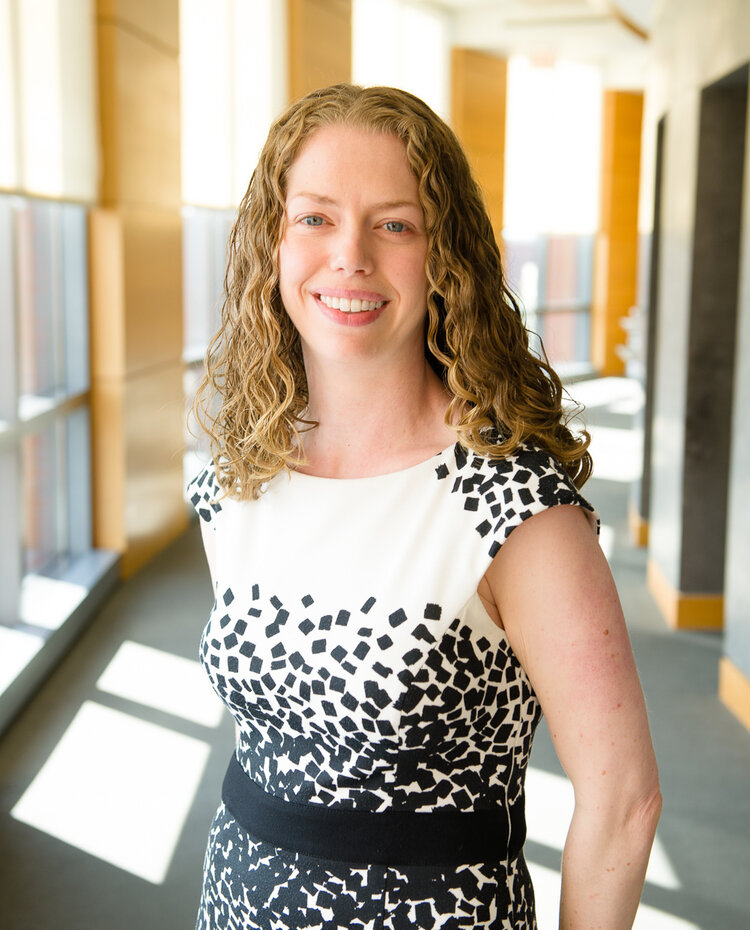About nine months ago, I had an Eat, Pray, Love moment. I sold my house, car, and anything that wouldn’t fit inside of an, albeit large, suitcase. Grateful for the flexibility to work remotely, I took off across the country, with little to guide my journey beyond the question: How to change my life for the better.
Over the past two years-plus, quarantine and the ebb and flow of the pandemic’s severity has swallowed our lives. While this has led to countless positive shifts (connecting with what truly matters and learning to slow the heck down), many of us have felt stuck or like we aren’t making progress toward our goals. Truthfully, taking stock of my life at the end of last summer, I realized I was at a standstill. Yes, I was comfortable, even happy and fulfilled. But I wasn’t inspired—and it’s always been my inclination to question and follow my curiosity that drives me forward.
If you’re craving a shift, want to form new habits, and are looking to create space in your life for growth, you’re in good company. While routines, rituals, and consistent practices keep us grounded, change isn’t only inevitable—it’s transformative. And good news: It’s within reach.
Feature image by Michelle Nash.


How To Change Your Habits—and Your Life—for the Better
Katy Milkman, an award-winning Wharton Professor and host of the Choiceology podcast, knows a thing or two about change. In fact, she’s written the book on it. In How to Change, she lays the framework for getting unstuck and achieving the success you’re after. Below, she shares everything from how to navigate procrastination like a pro, forge a positive path forward—and yes, harness laziness for good.

Katy Milkman is the James G. Dinan Professor at The Wharton School of the University of Pennsylvania and holds a secondary appointment at Penn’s Perelman School of Medicine. Her research explores ways that insights from economics and psychology can be harnessed to change consequential behaviors for good, such as savings, exercise, student achievement, vaccination and discrimination.
What can we do when we feel lost or aimless in our lives?
Before organizational psychologist, Adam Grant’s, New York Times article went viral in 2021, languishing as a concept wasn’t yet a part of the common lexicon. But without knowing exactly what the word meant, many of us were certainly feeling it already. If you’re feeling a lack of purpose or direction, Milkman offers four steps to move the needle forward.
- Connect with your community. Dedicate intentional, quality time with those you care about.
- Move your body. Spend a little time reflecting and find a form of movement you enjoy. Remember: The best workout is the one you look forward to doing (yes, it’s possible).
- Contribute. Find a way to give back to others. Research shows that behaviors like altruism, empathy, and compassion not only support the betterment of society, but can promote personal wellbeing, too.
- Spend time in nature. There’s a reason forest bathing’s a thing.
Milkman adds, “Some people should also unquestionably consider whether they might benefit from talking with a mental health professional.” If you’re looking for a place to start, consult our guide for everything you need to know about finding a therapist.


What are the most common changes people want to make?
Ah, New Year’s resolutions. Thankfully, we’ve come to a point where, collectively, we’ve begun to understand (and accept) the ineffectiveness of resolutions. But, looking at the most common resolutions can provide insight into the goals and aspects of our lives we most commonly want to change. Milkman lists the following.
- Increasing exercise
- Improving weight control
- Getting more organized
- Boosting productivity
- Learning new skills
- Quitting smoking
- Saving more or spending less money
- Making more time for family and friends
When it comes to creating positive change in our lives, what do we often get wrong?
Ever been convinced that a book, podcast, or clickbait-y article will provide a quick-fix solution to your problems? It’s tempting to believe that a life hack can universally apply to any and all situations, but Milkman says it’s a common mistake that can lead us astray on our path to change. “For instance, someone might fixate on the power of positive thinking or setting big, audacious goals.”
While these strategies can be supportive in certain situations and apply to some contexts, they won’t work for everyone. Milkman notes that jumping right to a solution skips the key step of asking yourself: What are the obstacles to success? “To pick the right, evidence-based path to achieving change actually requires some insight into what the barriers will be to change,” she emphasizes.
The second most common mistake is one we’ve addressed before: thinking willpower is the answer. (Milkman’s mind drifts to Nike’s ‘Just Do It’ slogan… catchy, yes, but misleading as well.) Instead of centering in on results, Milkman says to direct your attention to the process. “Finding ways to make the pursuit of the goal feel easy rather than challenging has huge benefits.” Want to exercise more consistently? Make it fun or do a workout you love.


As we form new habits, it’s common to think we have to be rigidly adherent. Is this true, or is there another way?
That’s a hard no from Milkman, who calls this approach a recipe for failure. “It makes us susceptible to what has been aptly named the ‘what the hell effect.'” This describes the phenomenon of experiencing a small failure and giving up on our goals completely.
“Persistence in the face of setbacks is critical to change.”
Milkman cites the work of her Wharton colleague, Marissa Sharif, whose research looks at the effectiveness of creating a tough goal for yourself and allowing for a few ’emergencies’ each week if things go wrong. If you stay under your emergency budget, you’re still on track to succeed.
How can we navigate the obstacles that try to keep us stuck?
Impulsivity and procrastination can be some of the biggest things holding us back from forming positive and healthy habits. To combat this, Milkman suggests creating a commitment device. This looks like:
- Identifying someone who will hold you accountable.
- Connecting with resources like stickK and beeminder for setting goals.
- Choosing something you’re willing to forgo, like cash.
- If you don’t meet a deadline, donate your cash to charity.
With incentives set in place, studies have proven that you’ll be less likely to procrastinate and more likely to succeed.
Practicing temptation bundling (the concept of connecting a pleasure you crave with something you want to do more of) can also be an effective way to keep your procrastination in check. “When you have a reason to look forward to a chore,” says Milkman, “it’s no longer an uphill battle.” A good example? Pairing an evening spent cooking a fresh meal with a bottle of your favorite wine or having a go-to podcast on in the background.


In your book, How to Change, you argue that laziness can be a good thing. Why?
It all comes down to efficiency, which, Milkman notes, can be synonymous with laziness. It takes a little self-reflection, but by recognizing this tendency in yourself, “you can turn it to your advantage.”
If, for example, you stock your pantry with only healthy snacks, Milkman says that by establishing that foundation, laziness will automatically work in your favor. If it’s an ice cream sundae you crave, the effort of going out to get one will likely deter the temptation.
This path-of-least-resistance design can work for you in countless ways, depending on your goals. “For instance, if your browser’s homepage is set to a reputable news website rather than social media, this can help you get more out of your time online.”
How do you pivot when you fall short of making a positive, healthy change?
Carol Dweck (of mindset research fame) sheds important light on the concept of perceived failure when it comes to learning how to change your habits for the better. In essence, the difference between what she calls a “fixed mindset” versus a “growth mindset” is that the latter sees failure as an opportunity to learn, grow, and improve. The more we can do this, says Milkman, “the more likely we’ll be to pivot to a new and better strategy. Persistence in the face of setbacks is critical to change.”






